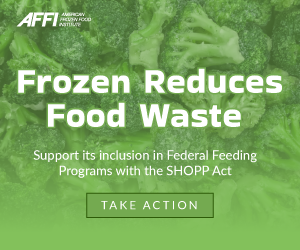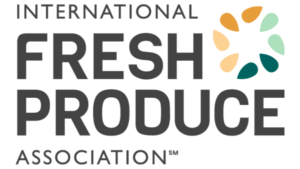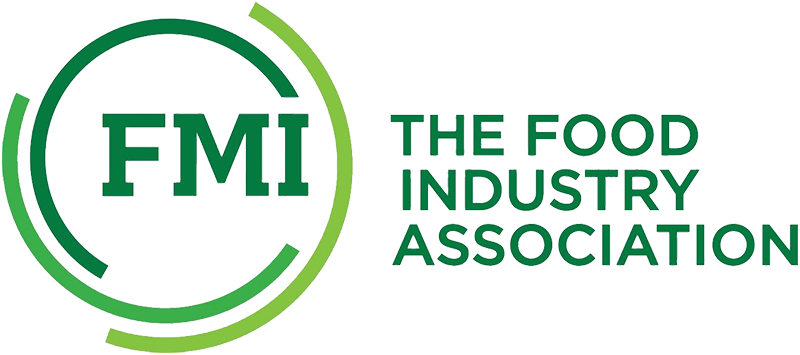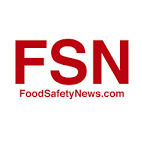Food Safety Forum
Home » Food Safety Forum 2022
Using Science to Frame Policy for Foodborne Non-Cultivable Pathogens
Wednesday, September 21, 2022
11 AM – 2:30 PM EDT

This event convened global research experts, industry professionals and food safety policy leaders to discuss foodborne non-cultivable pathogens. The forum included an introduction to the presence of these pathogens in the food supply, an overview of current detection methods, an assessment of public health risk and explore implications for regulatory policies.
AFFI, alongside food industry partners convened global research experts, industry professionals and food safety policy leaders to discuss emerging Listeria monocytogenes science and how the food industry can apply more practical and science-based approaches to address the risks associated with Listeria monocytogenes in food production. This forum introduced, expanded on and deliberated key concepts that are at the heart of Listeria science and policy. Click here for a topline summary.
11:00 – 11:15 a.m. EDT
Welcome and Introduction: Non-Cultivable Pathogens in the Food Supply
Speakers:
Dr. Donna Garren, American Frozen Food Institute
Dr. Jennifer McEntire, International Fresh Produce Association
Enteric viruses such as Hepatitis A and Norovirus and protozoan parasites like Cyclospora and Cryptosporidium are non-cultivable foodborne pathogens commonly found in different types of foods and routinely implicated in foodborne outbreaks. Concerns about these pathogens have led to calls for more routine testing across the food supply chain, however detection of these pathogens is currently limited to nucleic acid-based testing. As no culture can be obtained from these organisms, food safety management and regulatory decision-making must be based on evidence of nucleic acid alone.
This introduction will elaborate key distinctions between non-cultivable and bacterial pathogens and set the stage for the scientific and regulatory issues associated with detection of these pathogens using currently available methods.
11:15 – 12:15 p.m. EDT
Current Science: Methods for Detection of Non-cultivable Pathogens in Foods
Moderator:
Dr. Lory Reveil, American Frozen Food Institute
Speakers:
Dr. Branko Velebit, INMES, Serbia
Dr. Ynes Ortega, University of Georgia
Testing for non-culturable pathogens relies on the sequential steps of concentration and purification from the food, nucleic acid extraction, and nucleic acid amplification. The results are expressed as presence or absence of amplified nucleic acid, sometimes expressed quantitatively, but are unable to establish the presence of infective material in the food. Assay parameters such as specificity, sensitivity, and limits of detection and quantification as reflected by cycling threshold values become as important as the need to utilize practical sampling plans and validated methods in a dynamic with multiple testing protocols across the globe that are not well harmonized.
In this session, experts will discuss their experiences with these methods and identify key issues that need to be addressed to aid in developing guidelines for the most prudent use of nucleic acid-based detection data.
12:15 – 12:30 p.m. EDT
Break
12:30 – 1:30 p.m. EDT
Risk Assessment Considerations: Detection of Non-Cultivable Pathogens in Food
Moderator:
Dr. Sanjay Gummalla, American Frozen Food Institute
Speakers:
Dr. Lucy Robertson, Norwegian University of Life Sciences
Dr. Lee-Ann Jaykus, North Carolina State University
Interpretation of PCR-based results are complicated by factors such as (i) the absence of a virus or parasite culture; (ii) ability to distinguish between sporulated and non-sporulated oocysts; (iii) the value of definitive confirmation of nucleic acid sequence, frequently when present in low copy number; (iv) interpreting the presence of a small fragment of nucleic acid as compared to a full genome; (v) the infectivity dilemma, i.e., the fact that only a (frequently small) proportion of viral particles are actually infectious.
In this session experts will discuss risk-based decisions arising not only from detection of nucleic acid in food, but also other risk assessment factors involved in the farm to fork supply chain.
1:30 – 2:15 p.m. EDT
Assessing Public Health Risk: Intersection of Current Science and Regulatory Policy
Moderator:
Elizabeth Fawell, Hogan Lovells
Panelists:
Dr. Tim Jackson, Center for Food Safety and Applied Nutrition
Dr. Neda Nasheri, Health Canada
Joe Reardon, National Association of State Departments of Agriculture
Dr. Trevor Suslow, University of California, Davis
Dr. Sophie Zuber, Nestlé Research Center, Switzerland
The panel will reflect on the three previous sessions and deliberate on the public health risk implications of using current detection methods and interpreting results. Importantly, panelists will share insights on potential scientific and regulatory questions such as: (i) Is detection of viral nucleic acid as an indication of human fecal contamination; (ii) ascertaining infectious versus non-infectious state; (iii) role of modeling and risk assessment; (iv) public health imperatives and where to focus limited resources.








